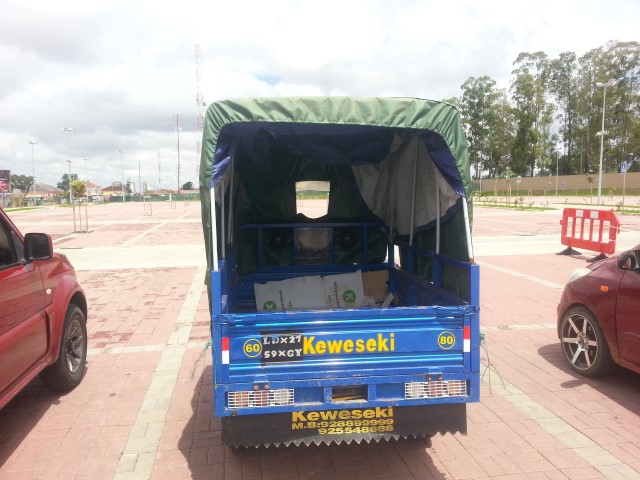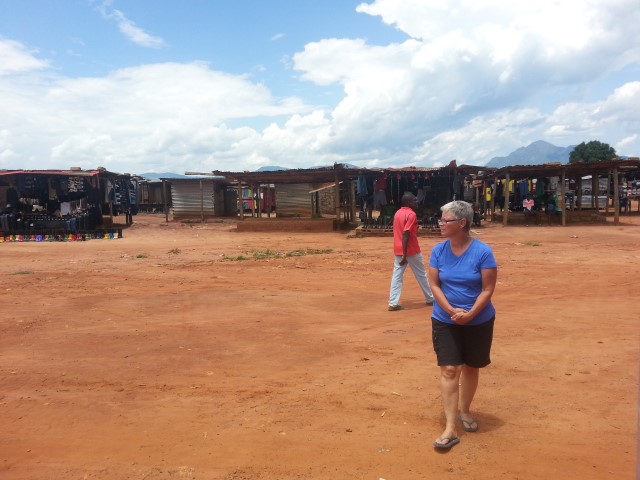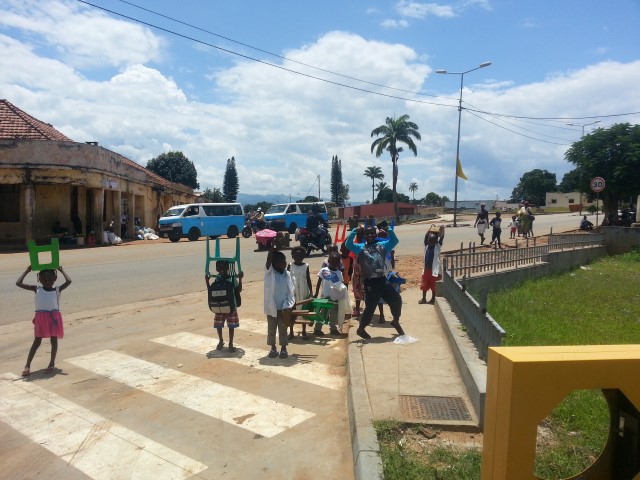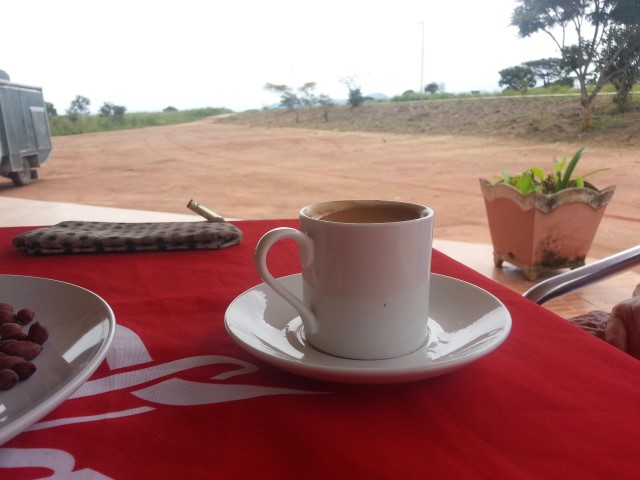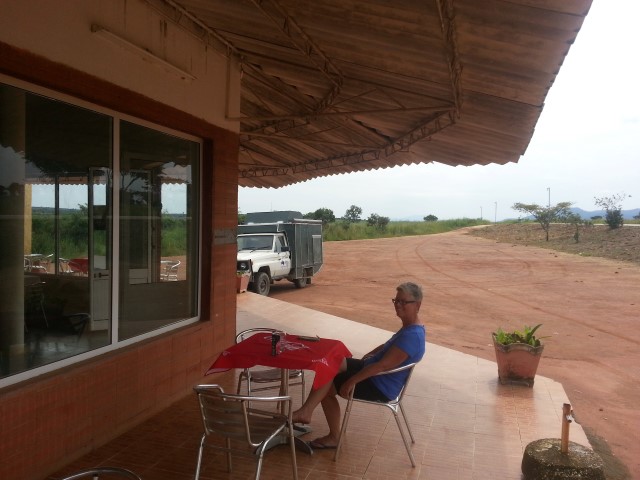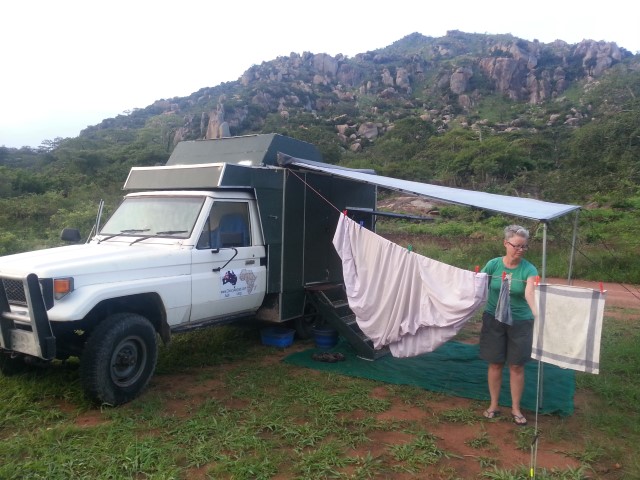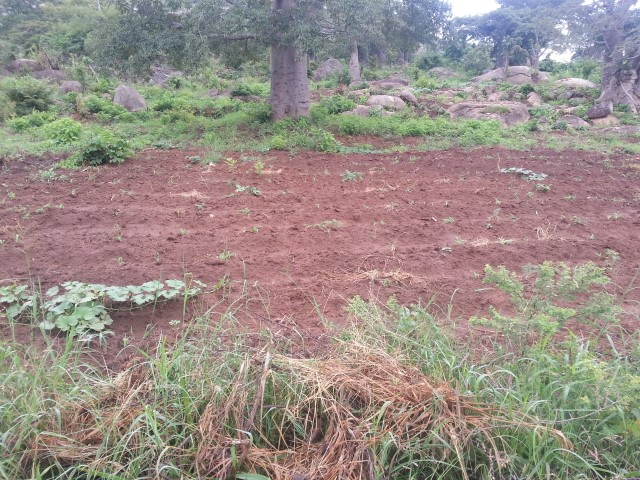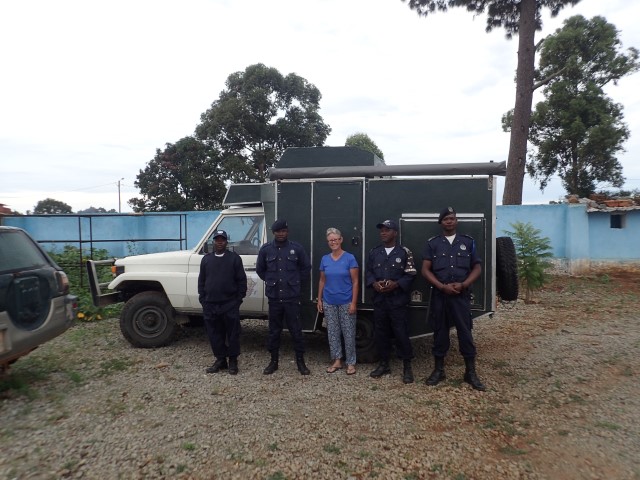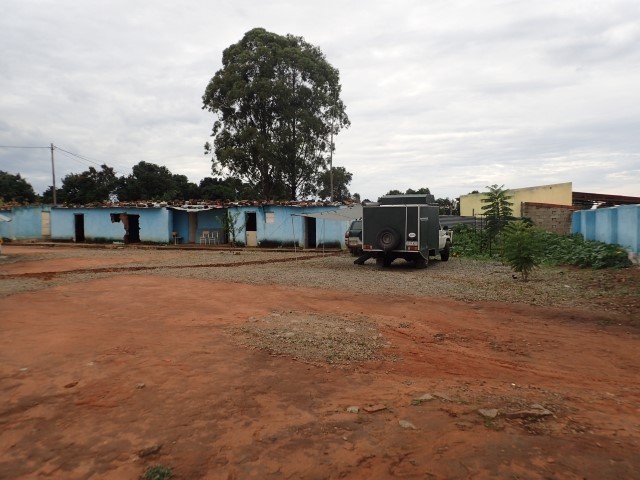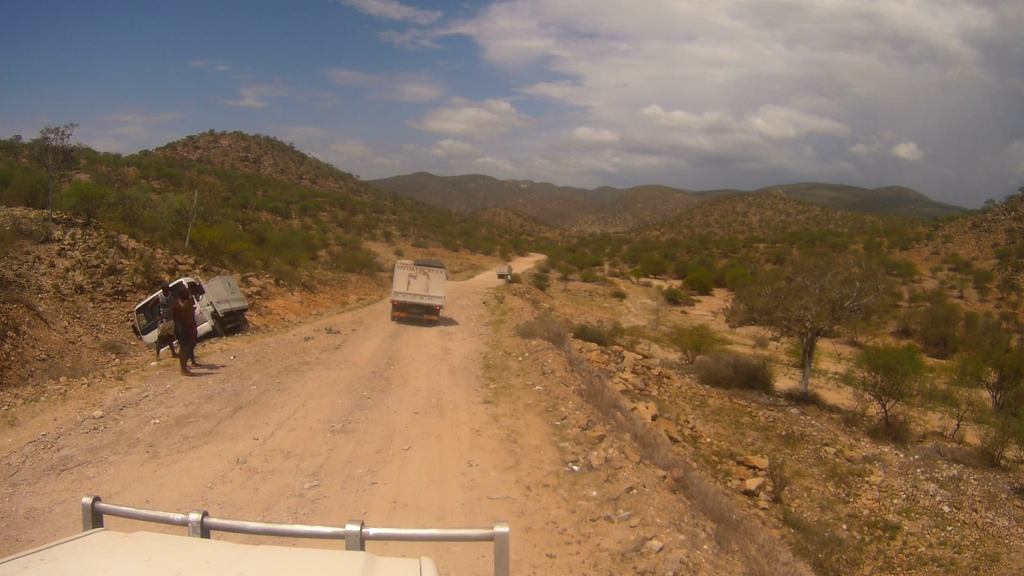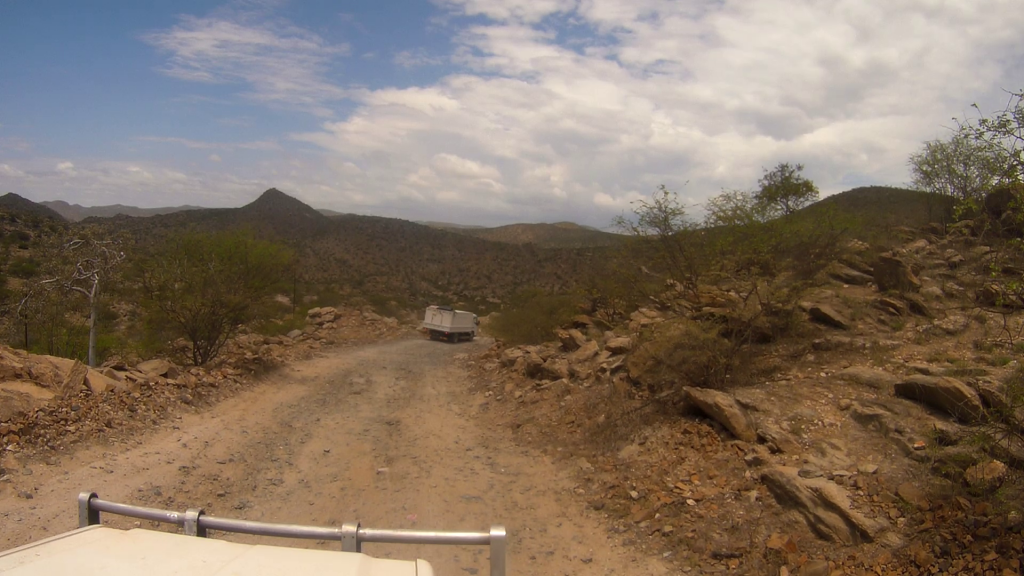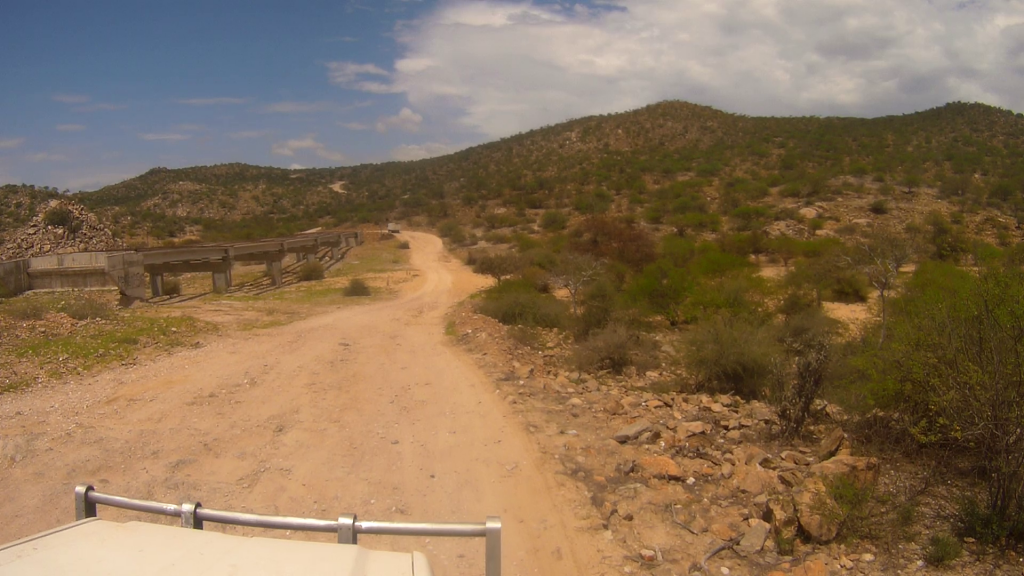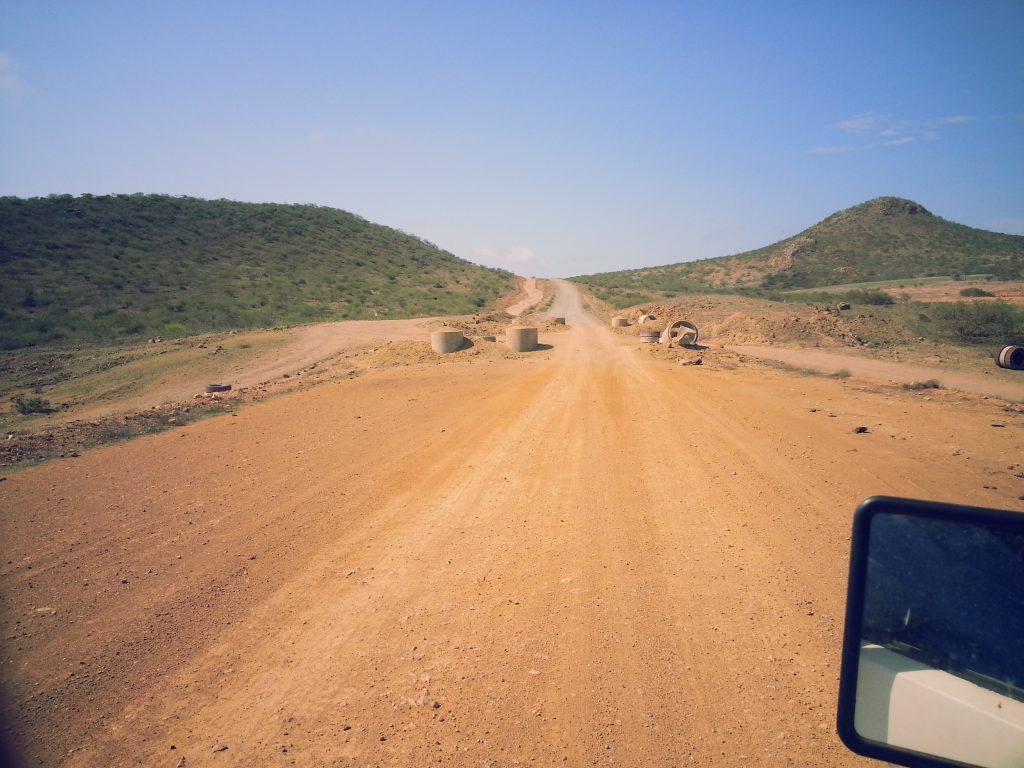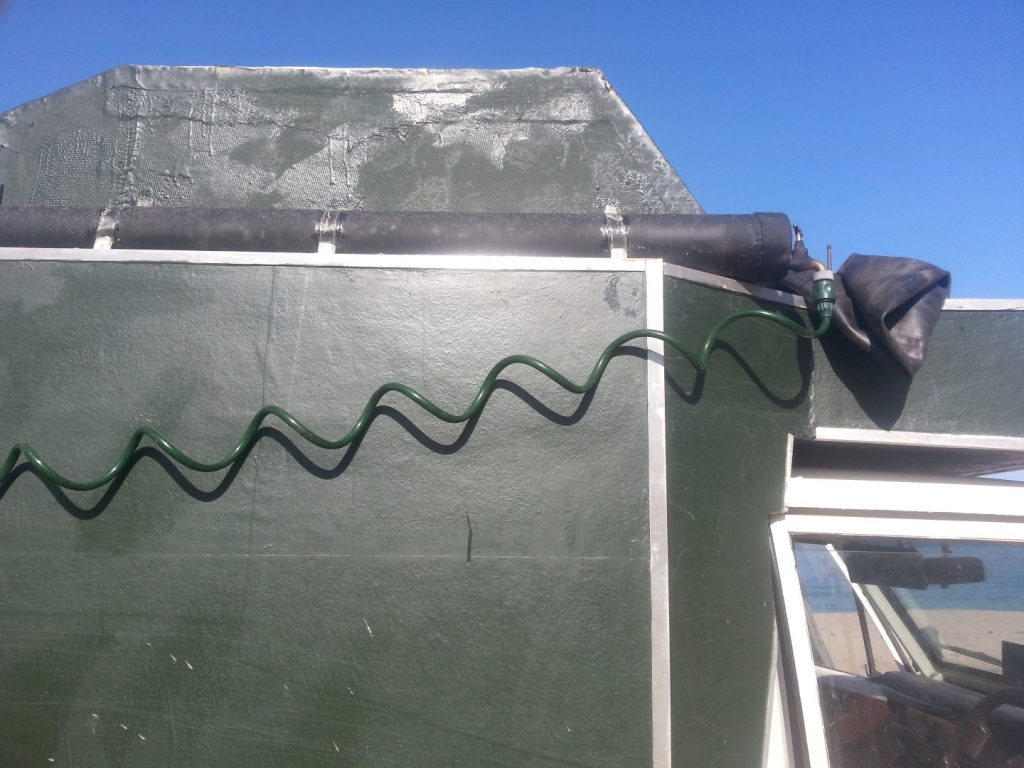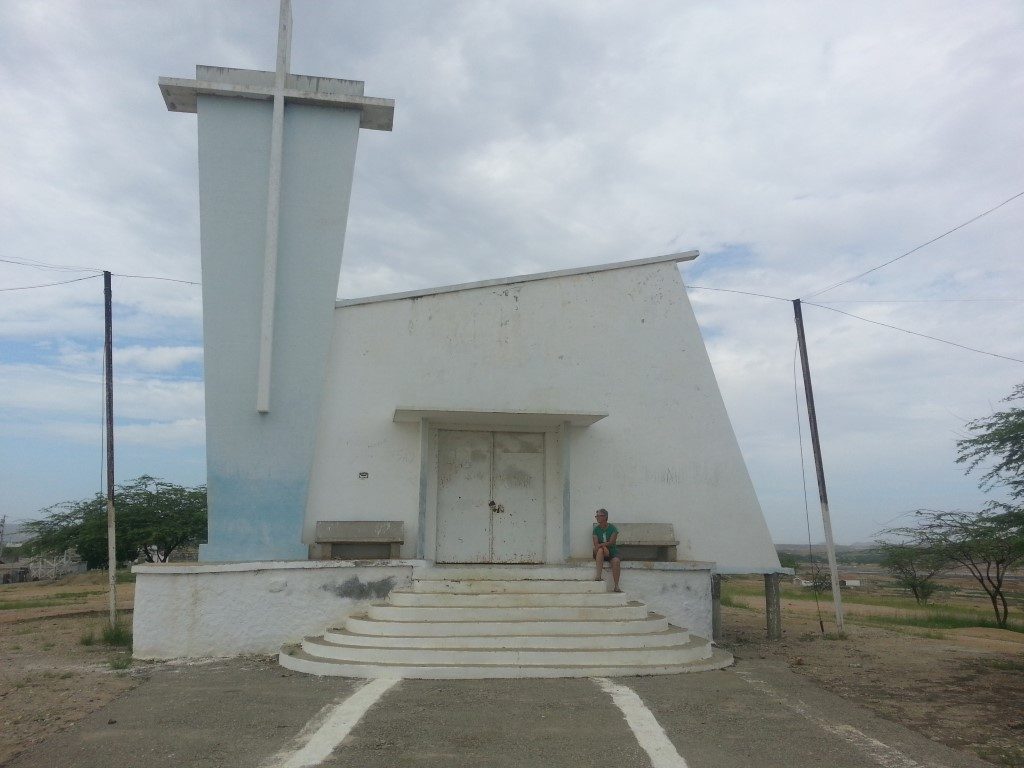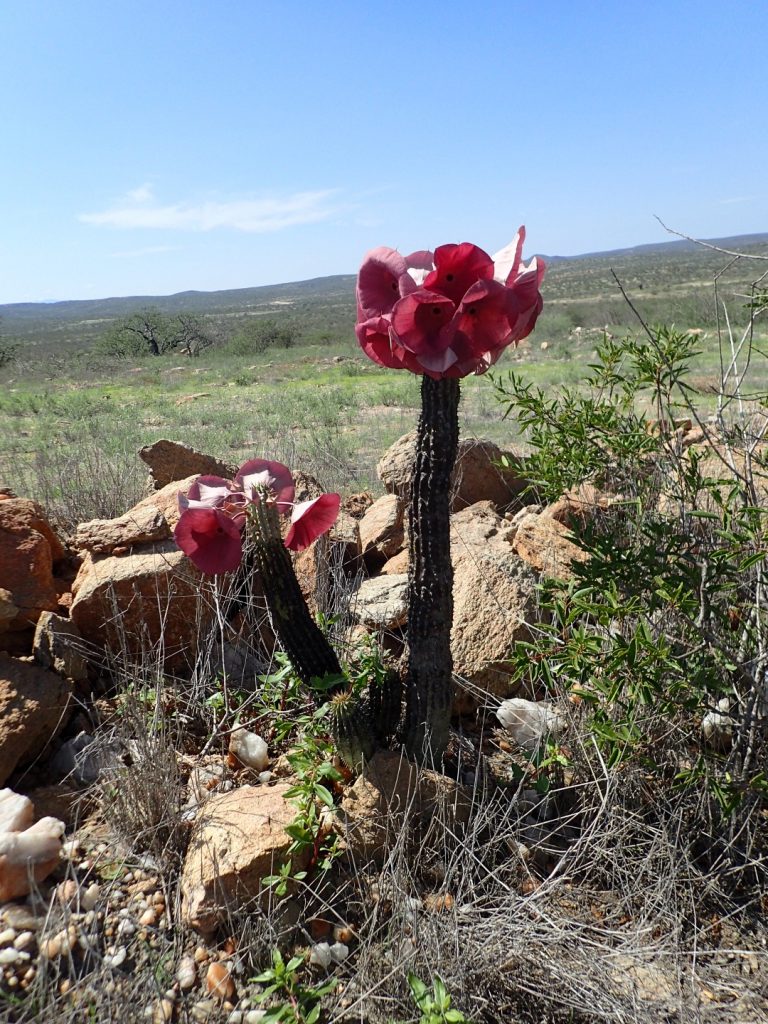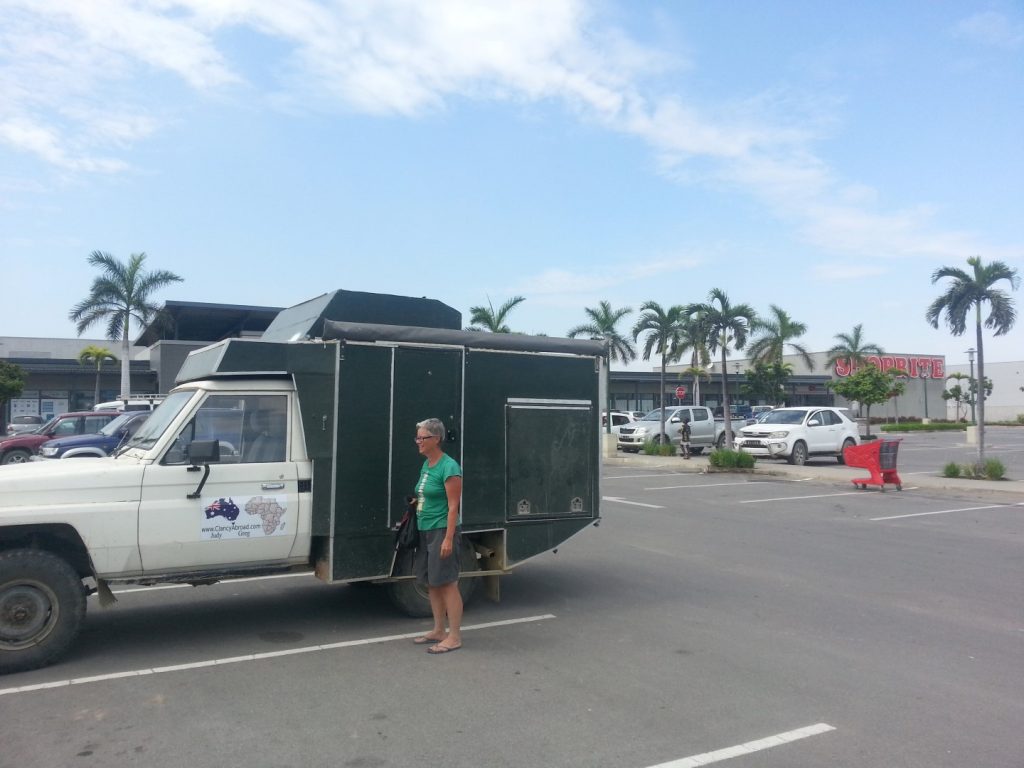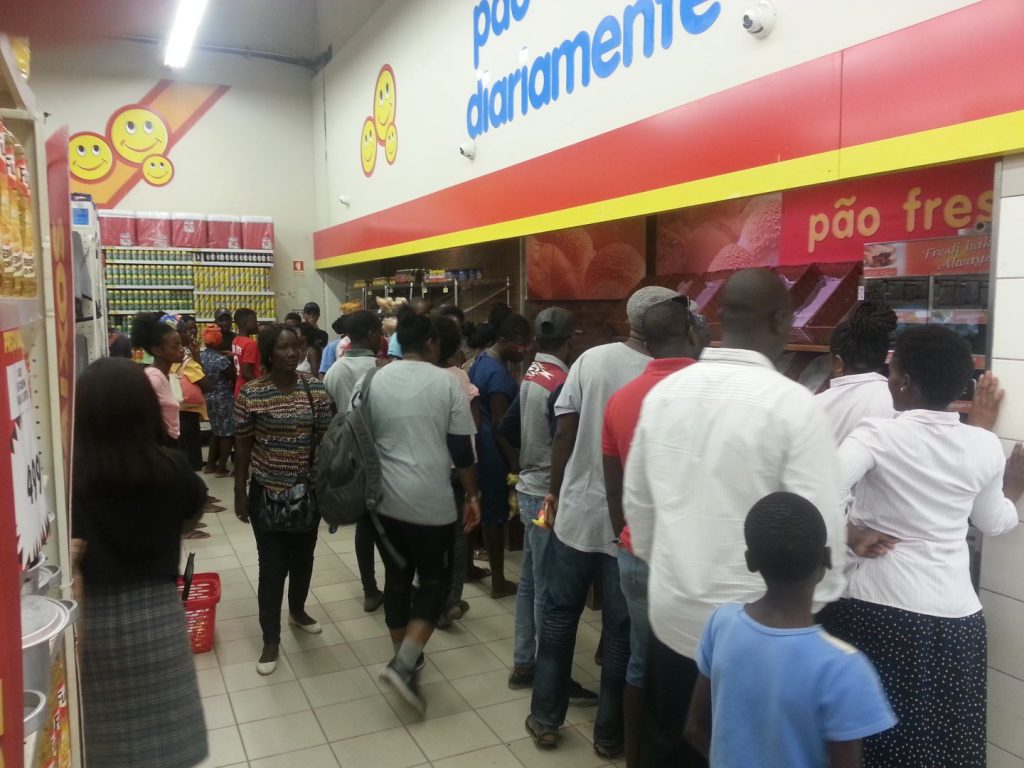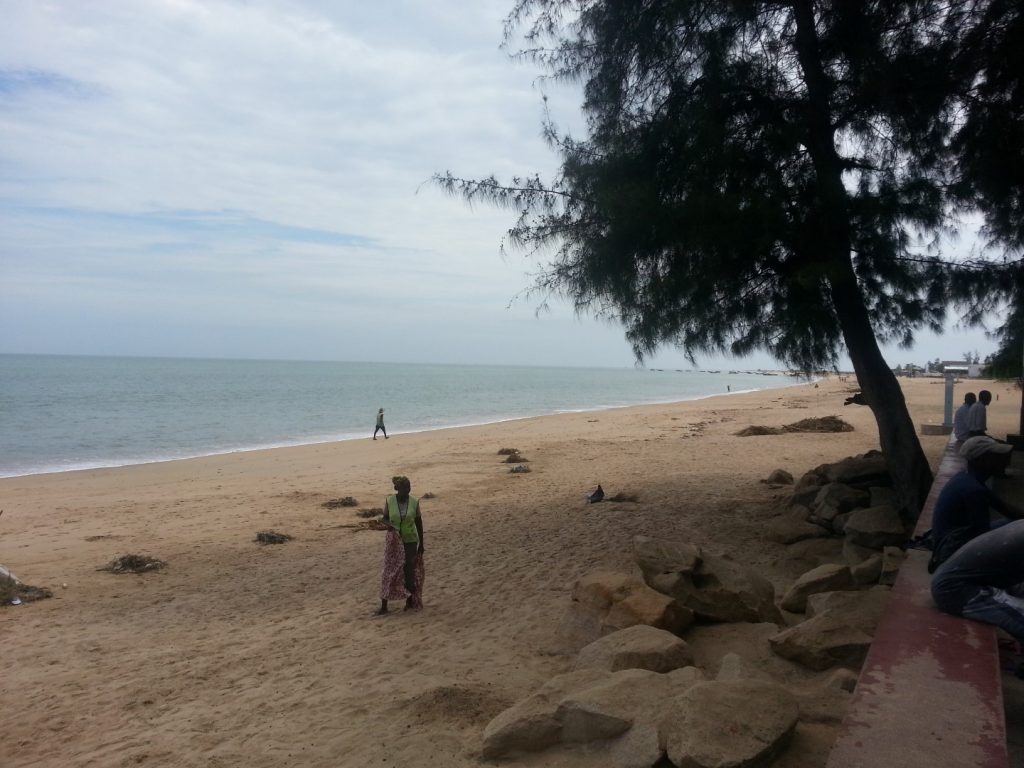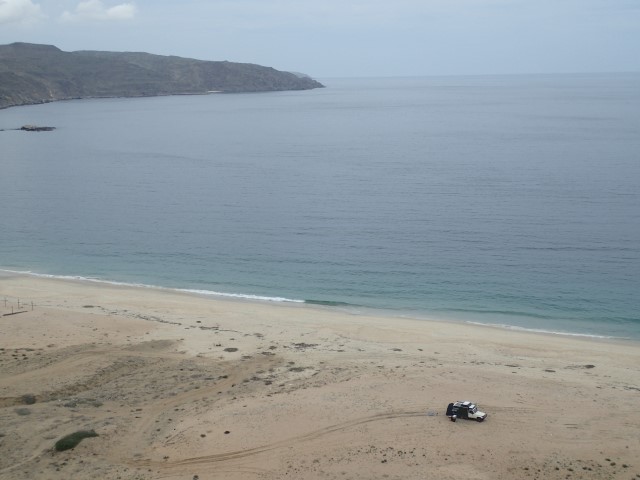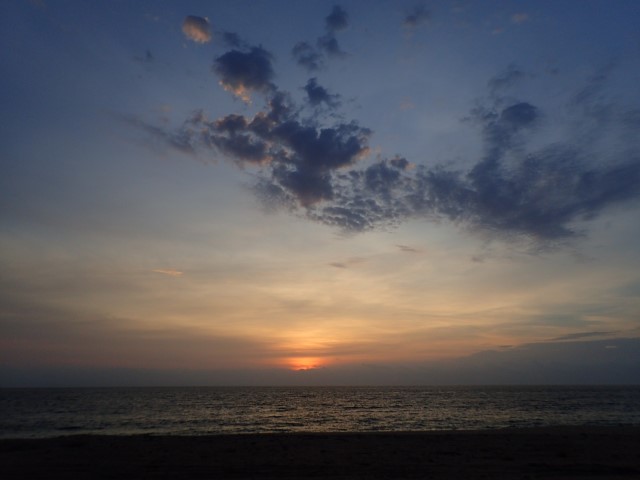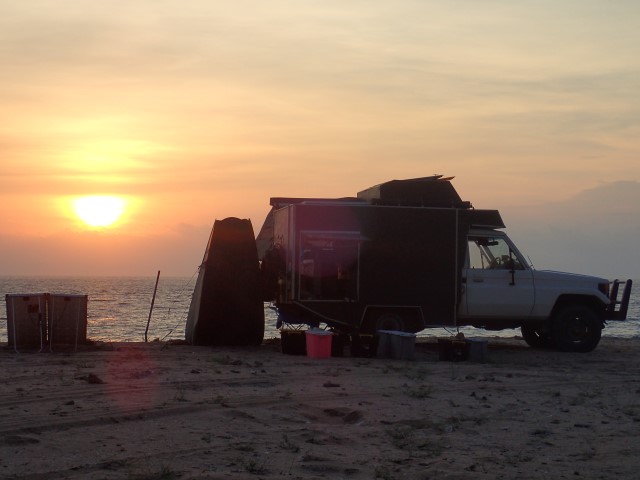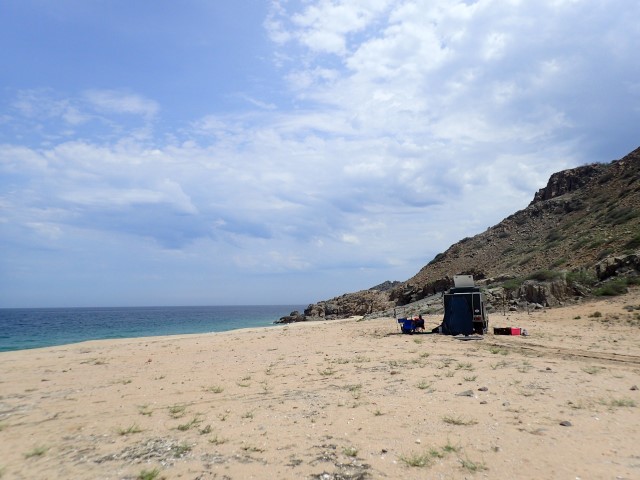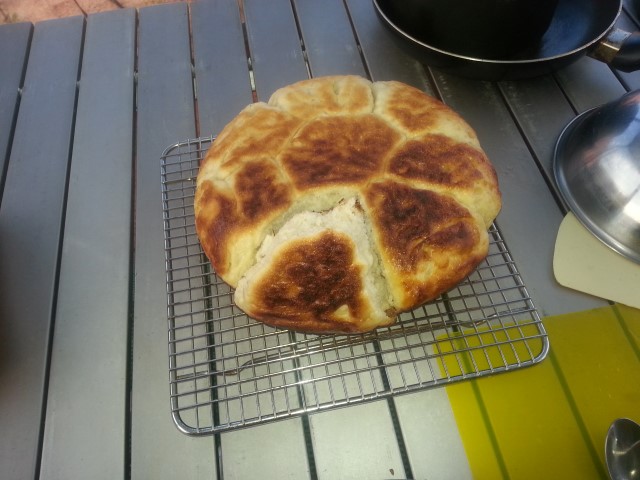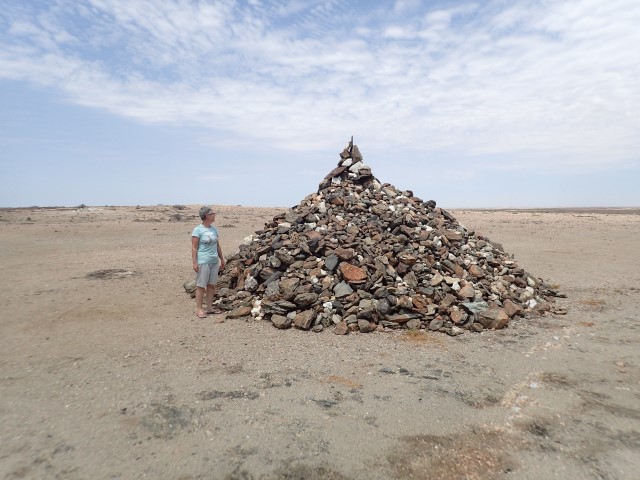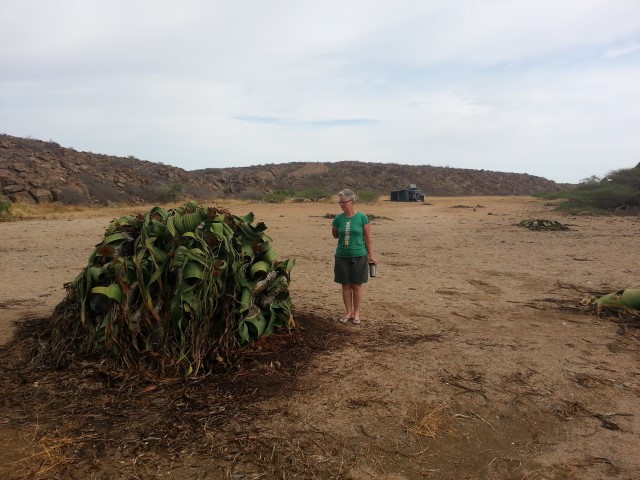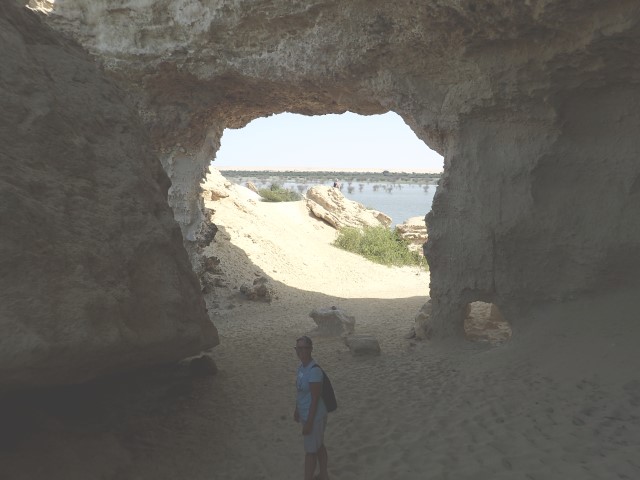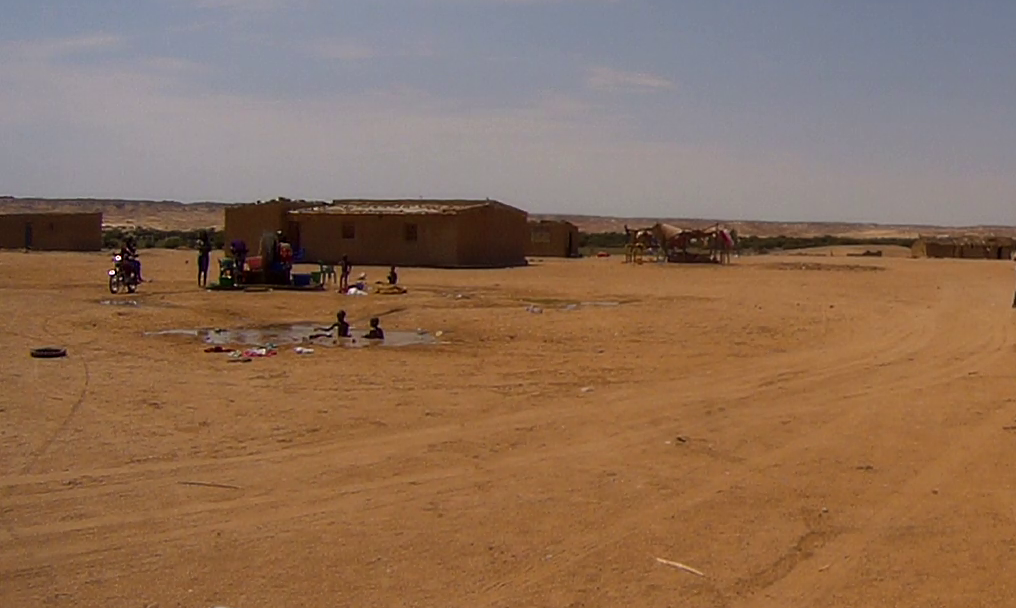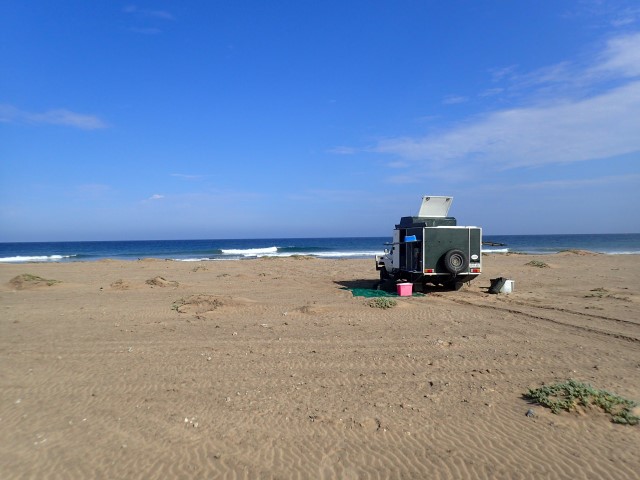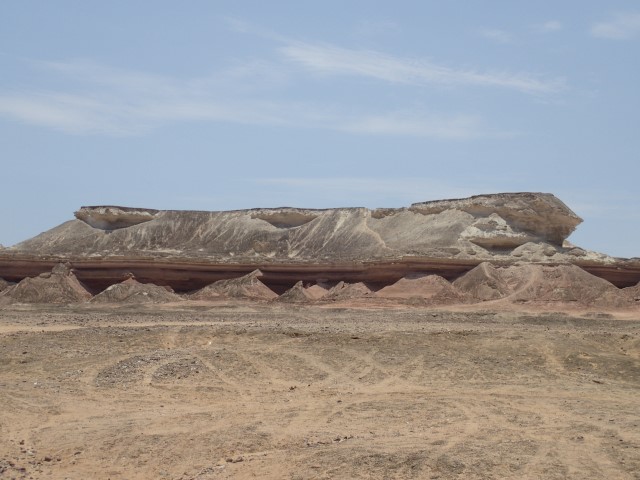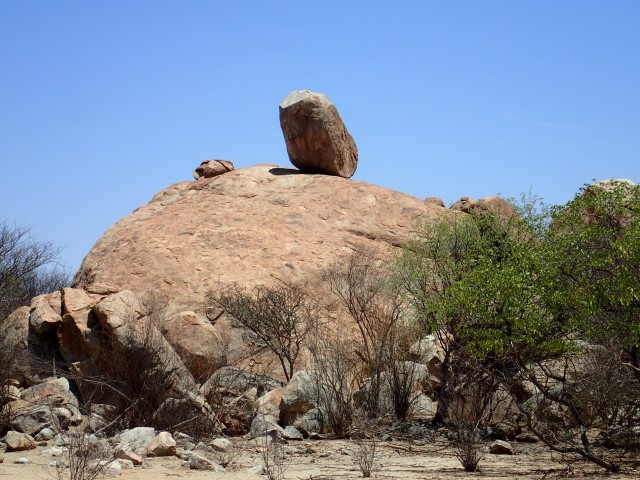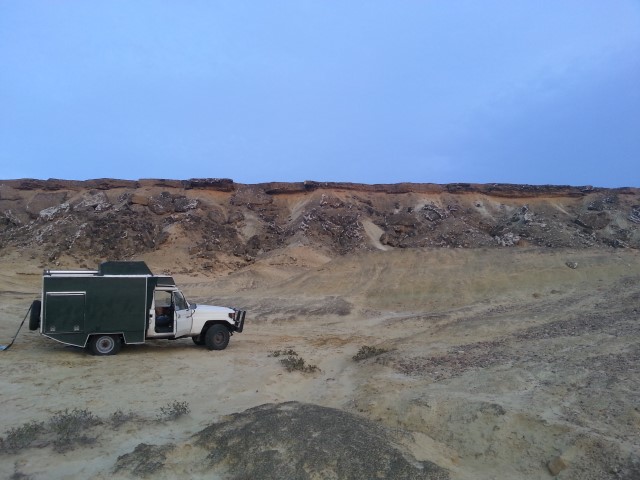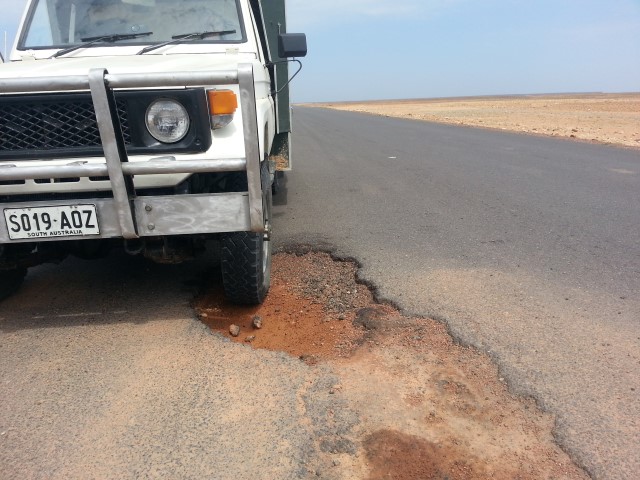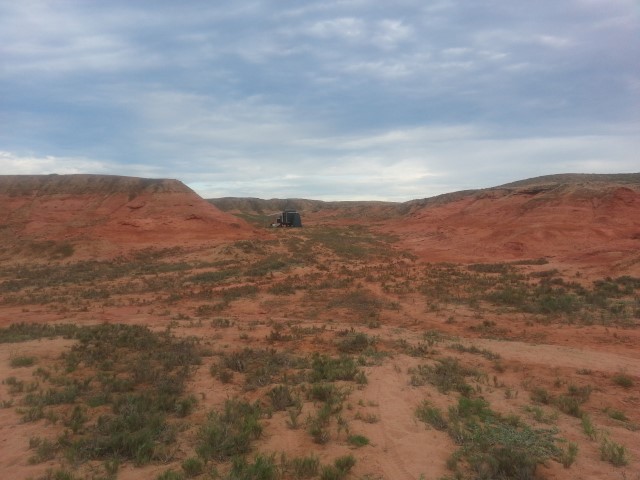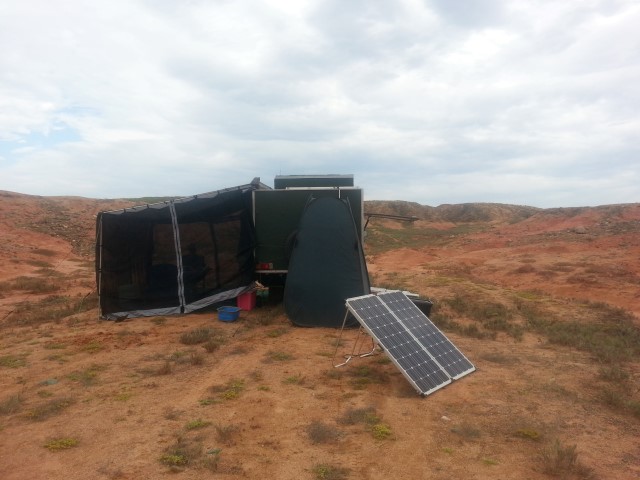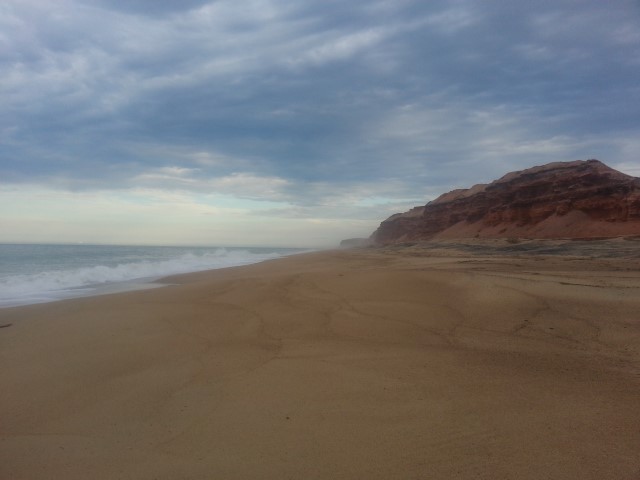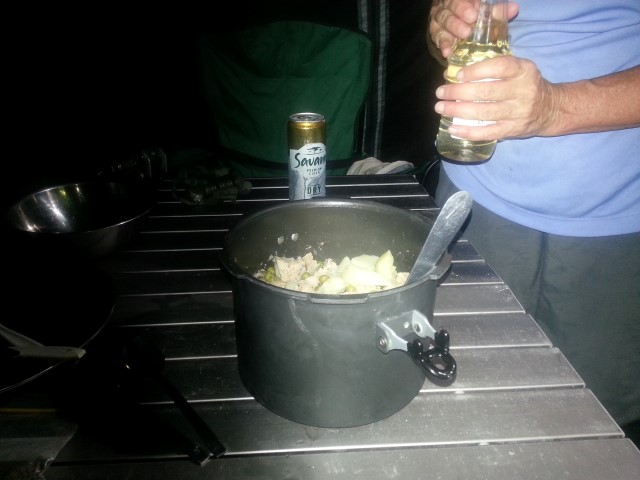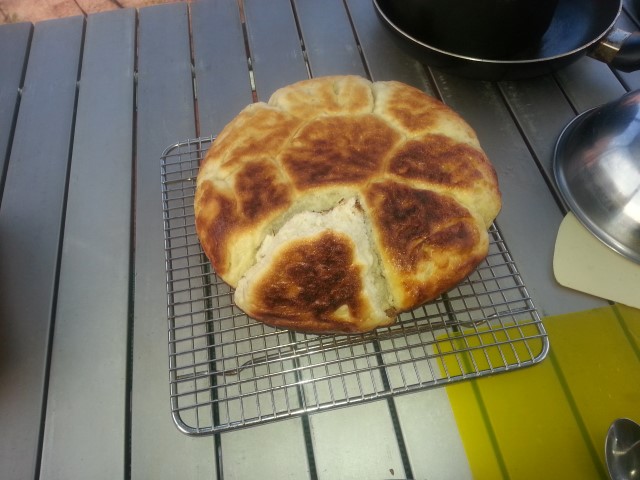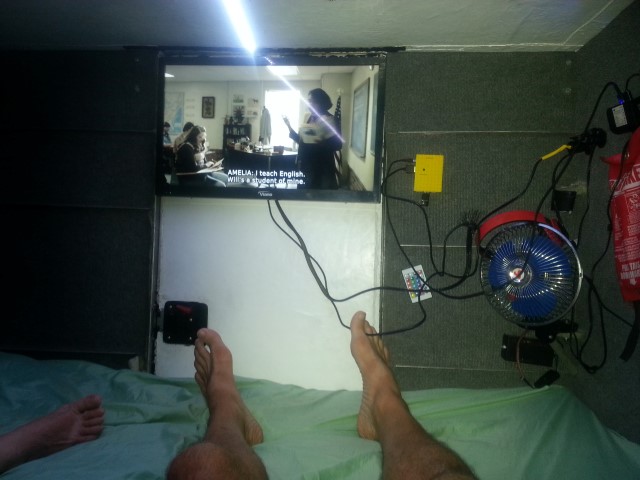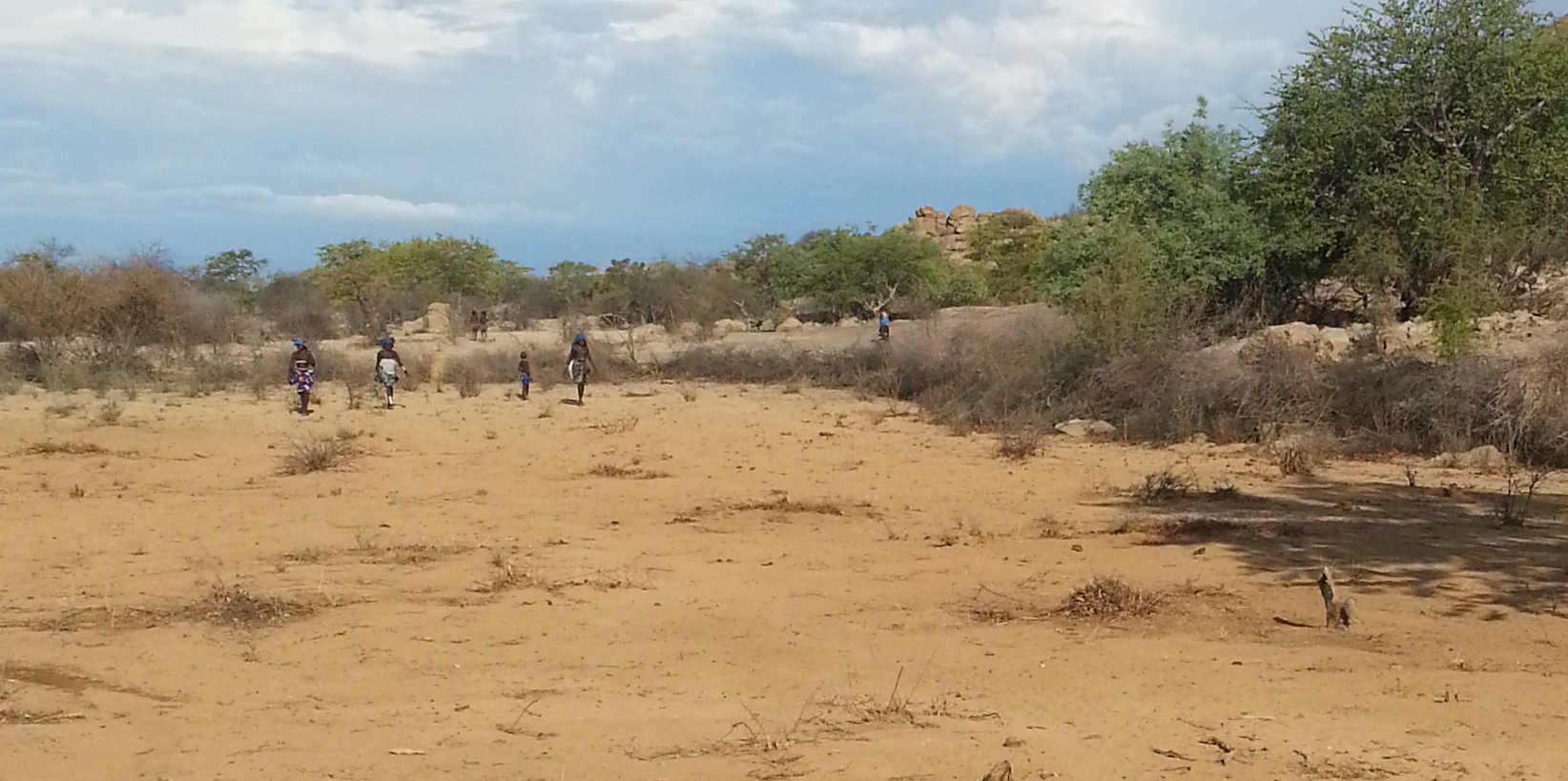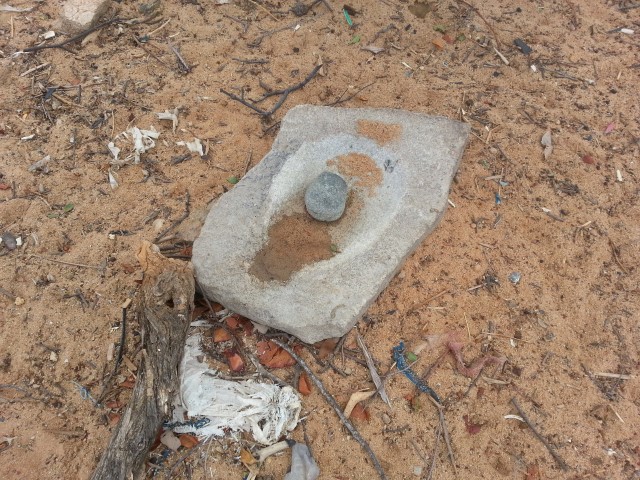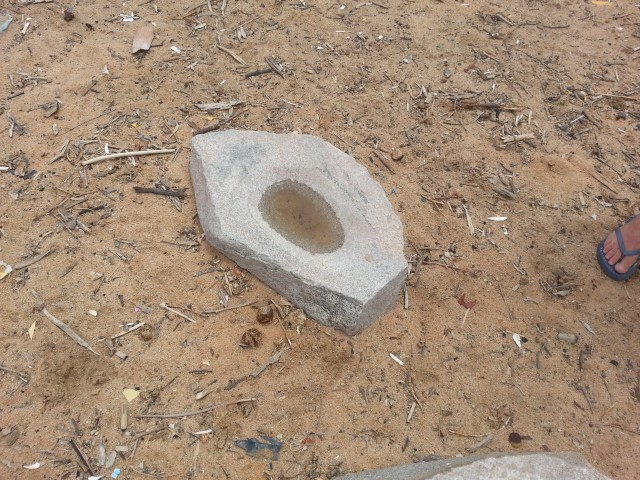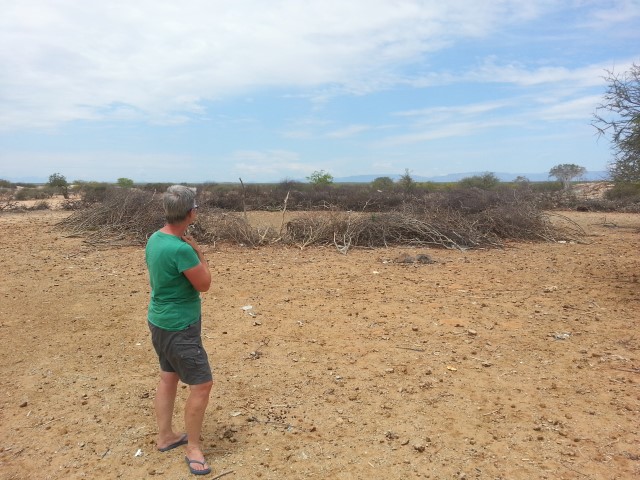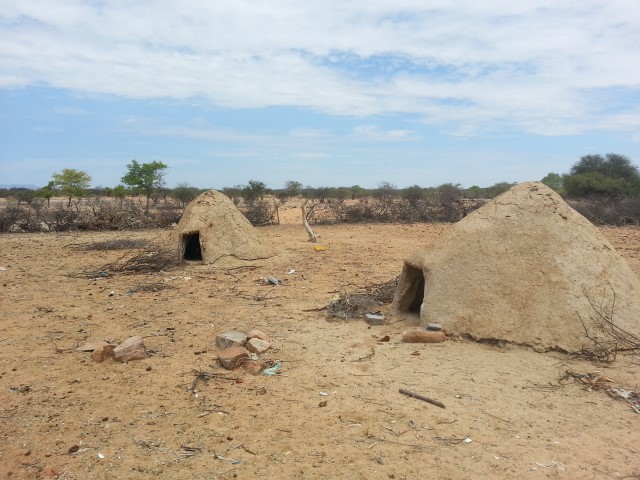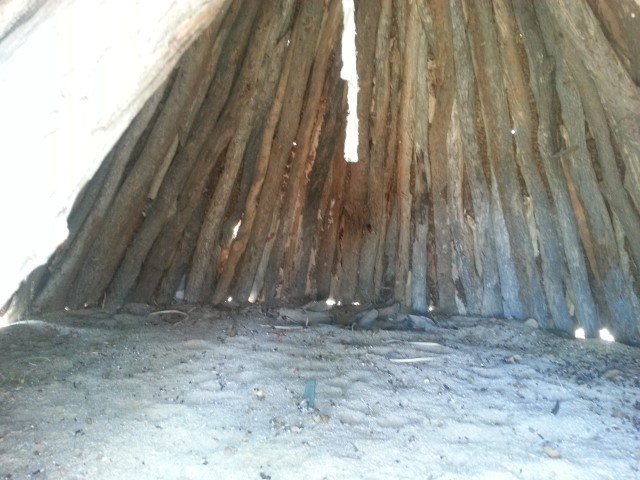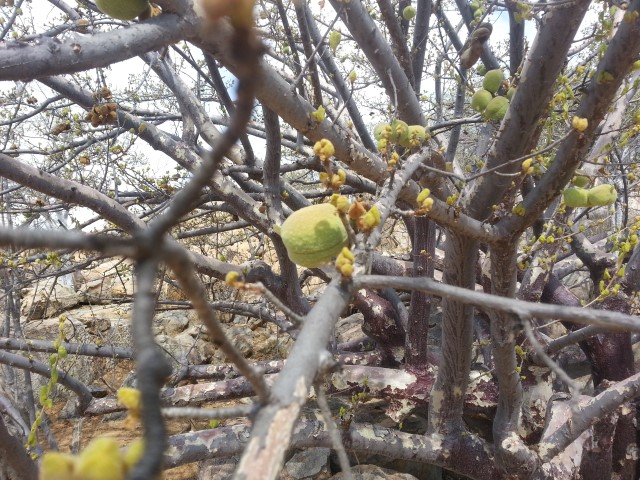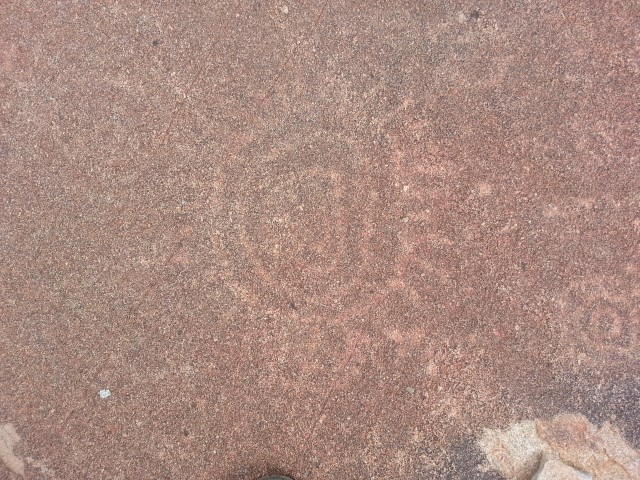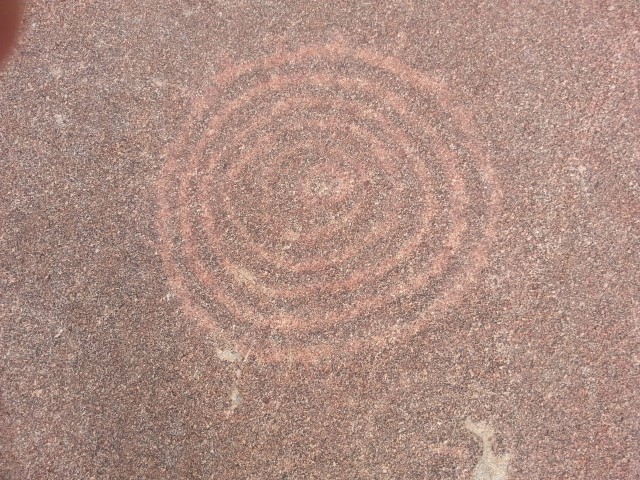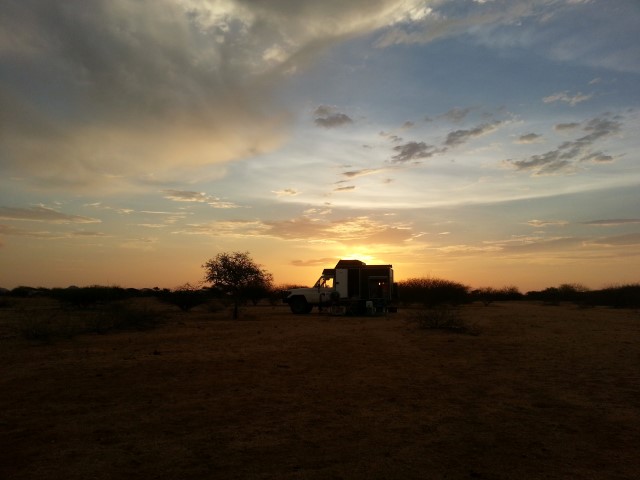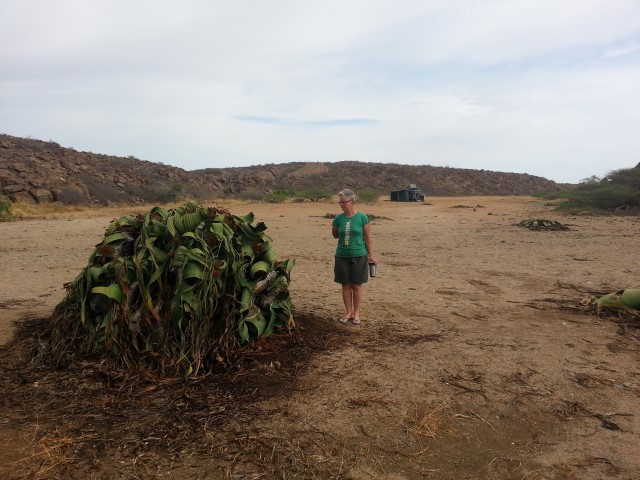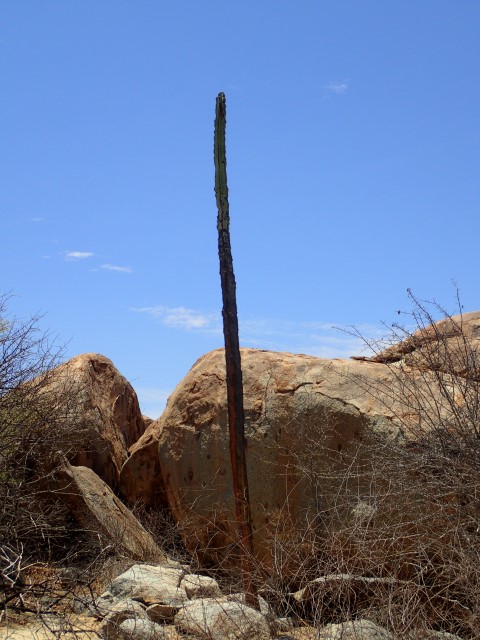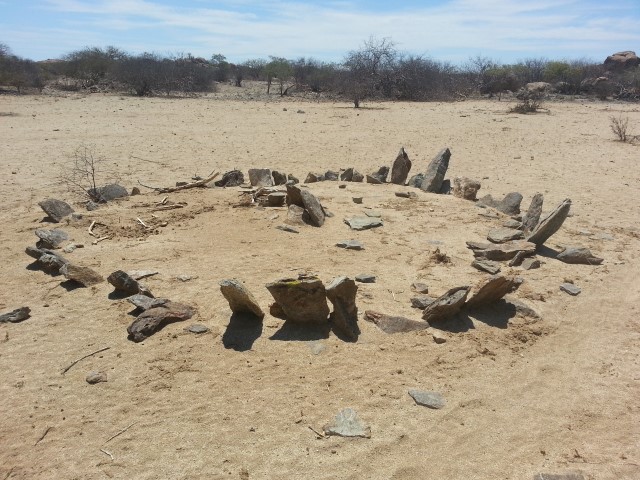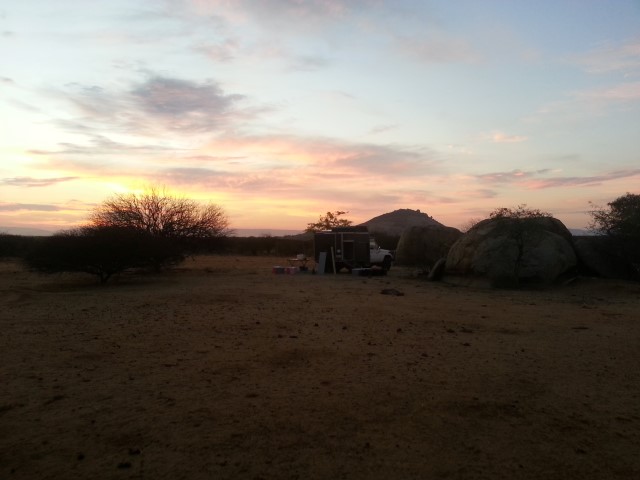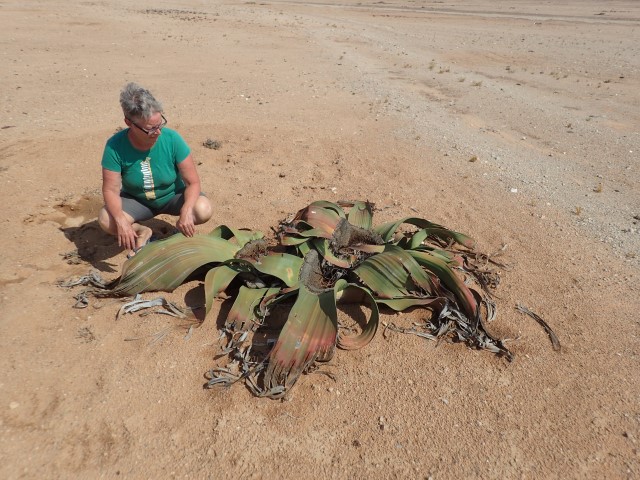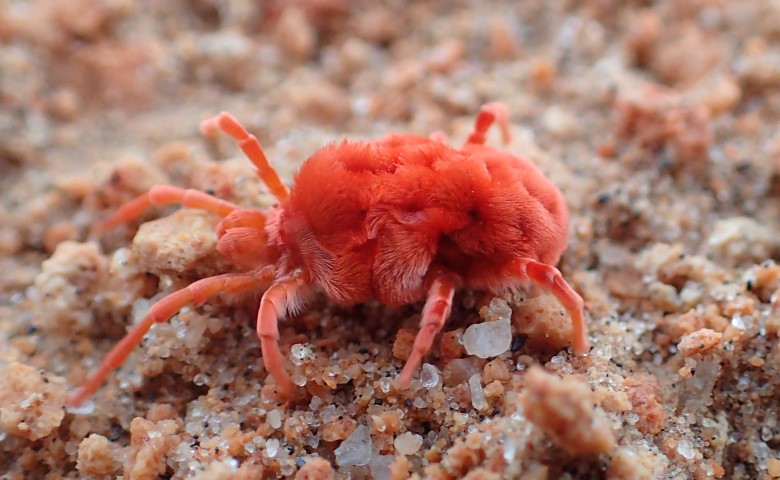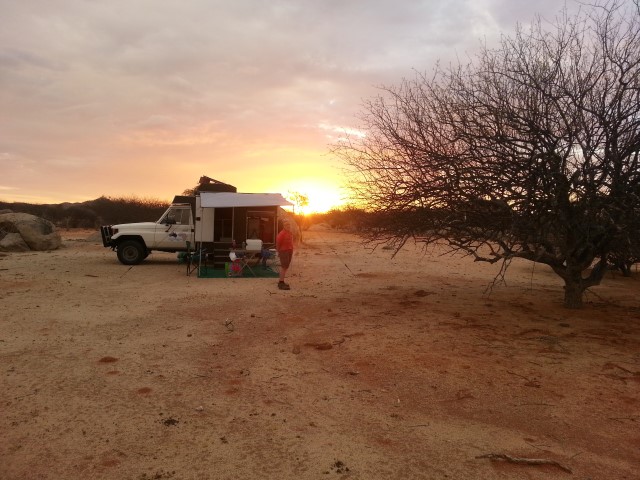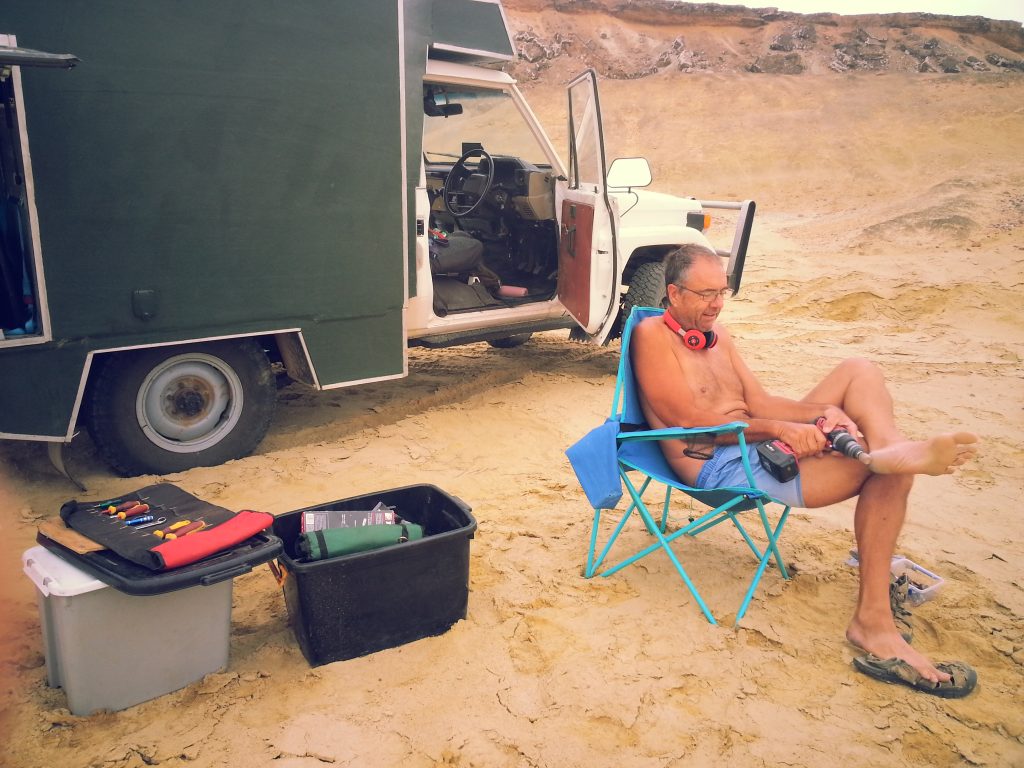We had a few ‘first experiences’ yesterday before our encounter with the local cops last night, which was another ‘first’ for us, well in this country anyway.
We’ve seen our fair share of police stations and other official offices in our travels. There was the ‘we got deported from Russia‘ story that we still dine out on, 6 years later. Long before that, in 2001, there was the time we were cycling in Vietnam and staying in a small town about 30kms out of Hanoi. Not at all touristy, and apparently by midnight word had got around about the 2 white people on a ze dap hai noi noi bicycle for 2 people. I still remember that phrase, although my spelling is probably incorrect. The owner of the hotel knocked on our door at midnight and told us we had to go to the police. So the 3 of us all hopped on his Honda Wave motorbike and rode in the rain to the local police station, where the cops examined our passports and visas and wrote a heap of stuff in a big book. Then the 3 of us went back to the hotel on the motorbike in the rain. No helmets of course.
Anyway, yesterday …
We stopped and bought bananas from a roadside seller. Small and tasty, according to Greg. A couple of dozen cost 50c. I also bought a bunch of aromatic herbs from a woman sitting nearby for 25c. I didn’t really know what to do with them, but she was delighted to sell them to me.
Not far up the road, 3 young men were doing some informal road repairs – filling in potholes with dirt. We’d seen this before and just driven past – in our defence, the first time we were very preoccupied with keeping all 4 tyres intact until we could get to the next town. But this time, we stopped and handed over a small amount of money to say ‘thanks’.
And then we passed a real cafe, with a verandah, chairs, tables and real tablecloths. So we turned around, stopped and had the first drinks that hadn’t come out of Clancy’s kitchen or bar since we arrived in Angola. We were the only ones there, but it was 10am so hopefully things got a bit busier later in the day. Greg had a Coke Zero, I had a very good short black coffee and the owner gave us a plate of peanuts as well. When we first arrived, he was playing music videos of Smashing Pumpkins, then switched to a telenovella soap opera, I think. They sound the same in every language.
One more thing on our Angolan wishlist was to visit a local market and we did that too. Greg stayed with the car, I wandered around a couple of rows of sellers in the used clothes / fabric / cheap Chinese crap section. I’d thought maybe I’d buy some fabric to take home, but realised that, of course, it’s all made in China and while it looks great on the women here, it will just look like cheap Chinese fabric when I take it out of context and get it home.
